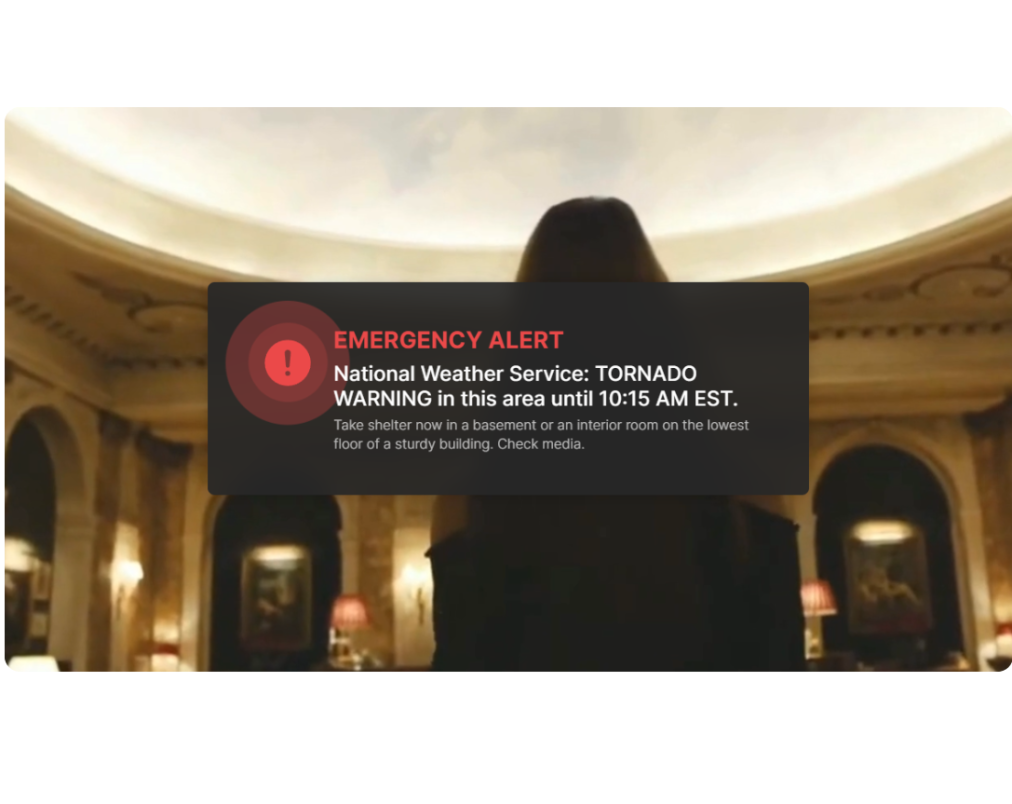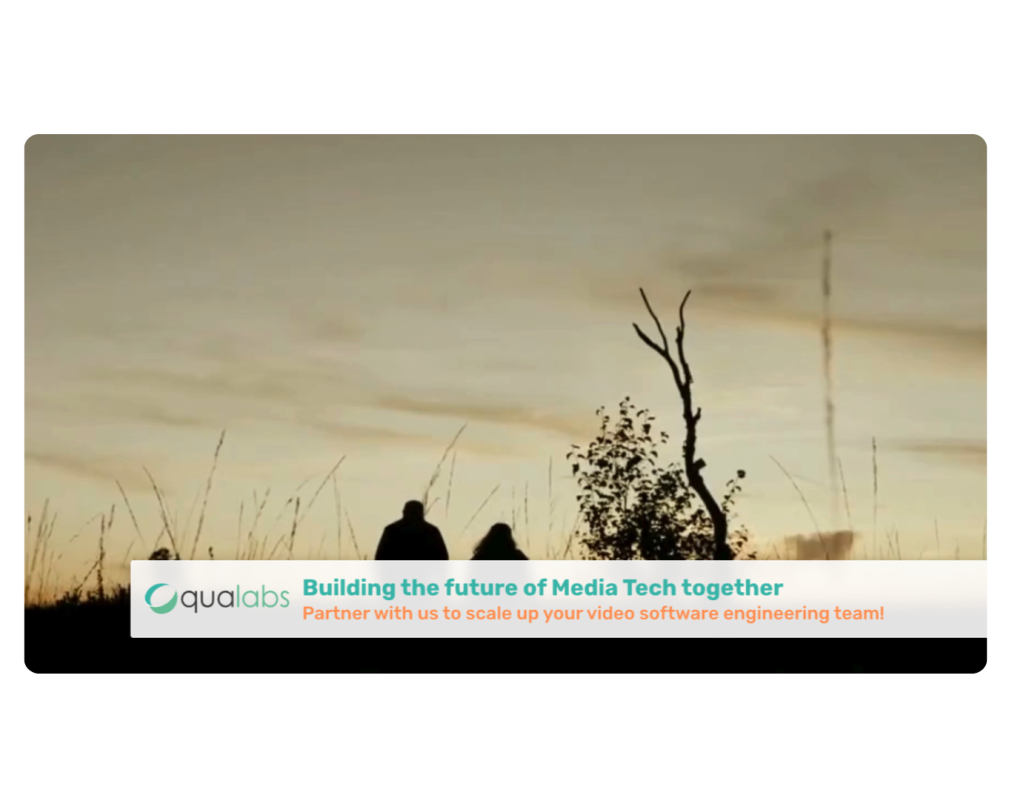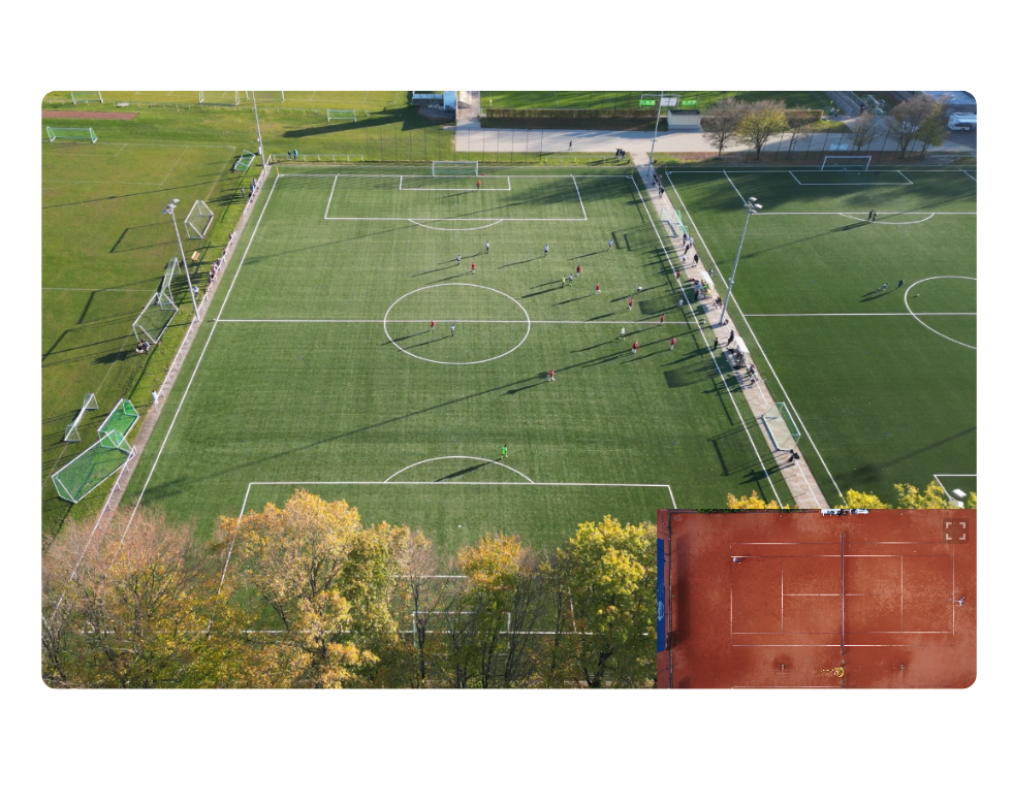
Challenge
The main issue with existing overlay insertion methods was the lack of flexibility. Modifying overlays required altering video files or processing streams on the server, which increased latency and operational costs. The industry needed a way to insert overlays (such as logos, alerts, or ads) without modifying the main video stream. Ensuring synchronization, maintaining playback quality, and supporting multiple overlay types were key challenges.
Process
Alex Giladi, a Comcast Fellow and editor of MPEG-DASH, presented the evolution of ad insertion technologies and their extension to client-side overlays at Demuxed Watch the talk. Qualabs collaborated with him by supporting the development and showcasing of a real-world demo that demonstrated how DASH overlays could be implemented in practice.
This collaboration involved implementing the proposed overlay system, testing its feasibility, and ensuring seamless integration with video players. The team designed a schema for embedding overlay instructions directly within the DASH manifest (MPD), ensuring that players could fetch and display overlays at the correct times. Contributions were made to open-source players like Shaka Player and dash.js to support this new functionality. Testing was conducted with various use cases, including:
- Warning Alert with HTML Overlay – Real-time alerts displayed via HTML overlays in the MPD.
- FAST Channel Logo Insertion – Branding overlays added without video pre-processing.
- Picture-in-Picture Sports Match Overlay – Simultaneous sports events displayed in a single stream.
- Ad Overlays – Seamless integration of monetization elements.
- Synchronized Overlay Content – Ensuring overlays remain in sync with video playback.
- Picture-in-Picture Sign Language Video – Accessibility improvements through sign language video overlays.
The final step was presenting the demo at Demuxed, where the collaboration between Alex Giladi and Qualabs highlighted the potential of DASH-based overlays in practical applications.
Solution
The solution enabled video players to interpret overlay events from the DASH manifest and render graphics, images, or secondary video streams in real time. This approach removed the need for pre-processing, allowing overlays to be modified on-the-fly. The implementation supported multiple overlay types, including static logos, HTML elements, and interactive components. By integrating with widely-used streaming players, the solution ensured accessibility without requiring proprietary technology.


Results
The client-side DASH overlay system significantly improved efficiency and scalability. It eliminated the need to re-encode videos for overlay changes, reducing processing time and costs. Broadcasters and content providers could now deliver personalized and region-specific overlays without modifying the source video. The ability to insert and update overlays dynamically opened new possibilities for real-time ad insertion and audience engagement. By contributing to open-source projects and collaborating with industry experts, Qualabs played a key role in expanding the adoption of this technology and demonstrating its real-world applications in video streaming.
